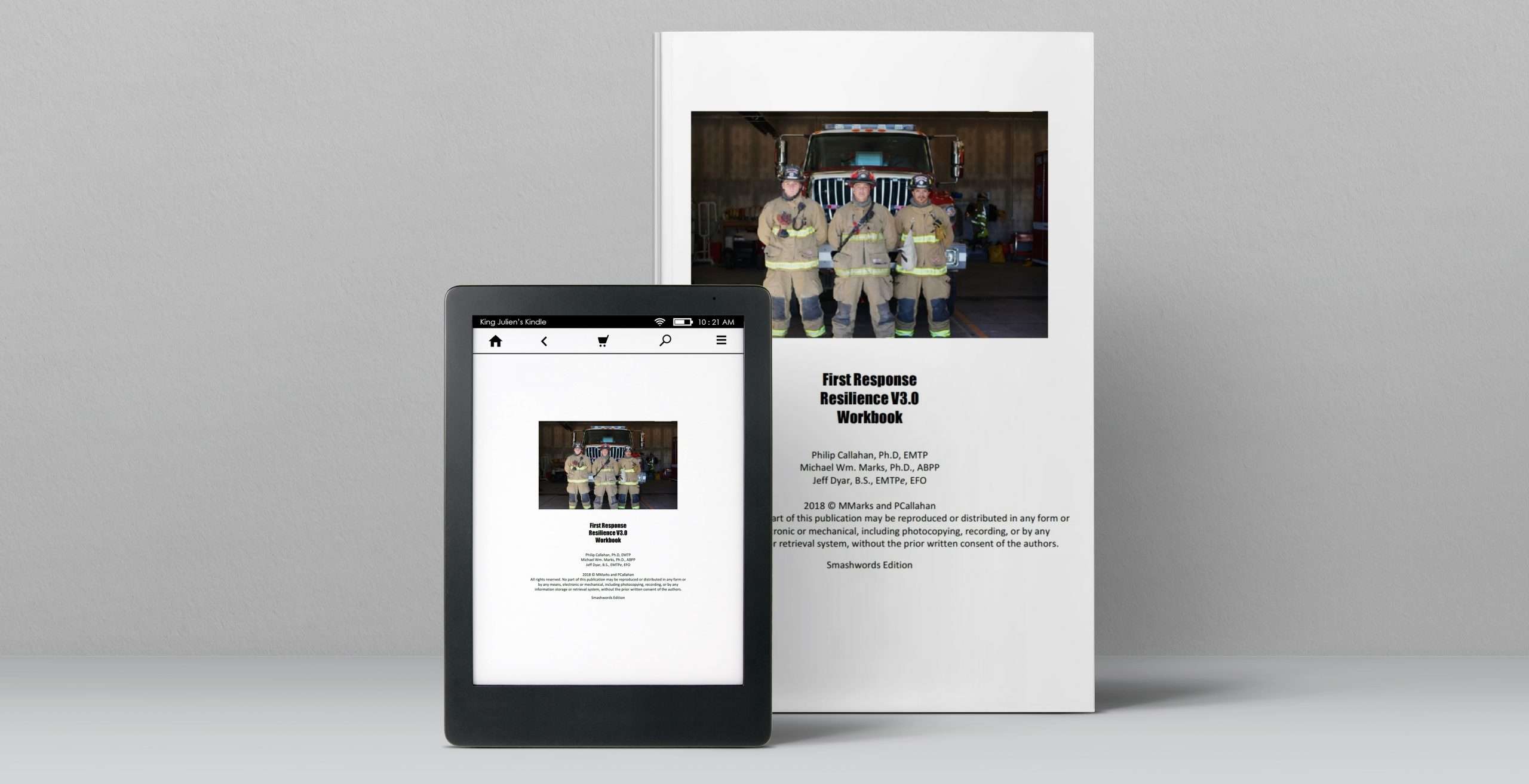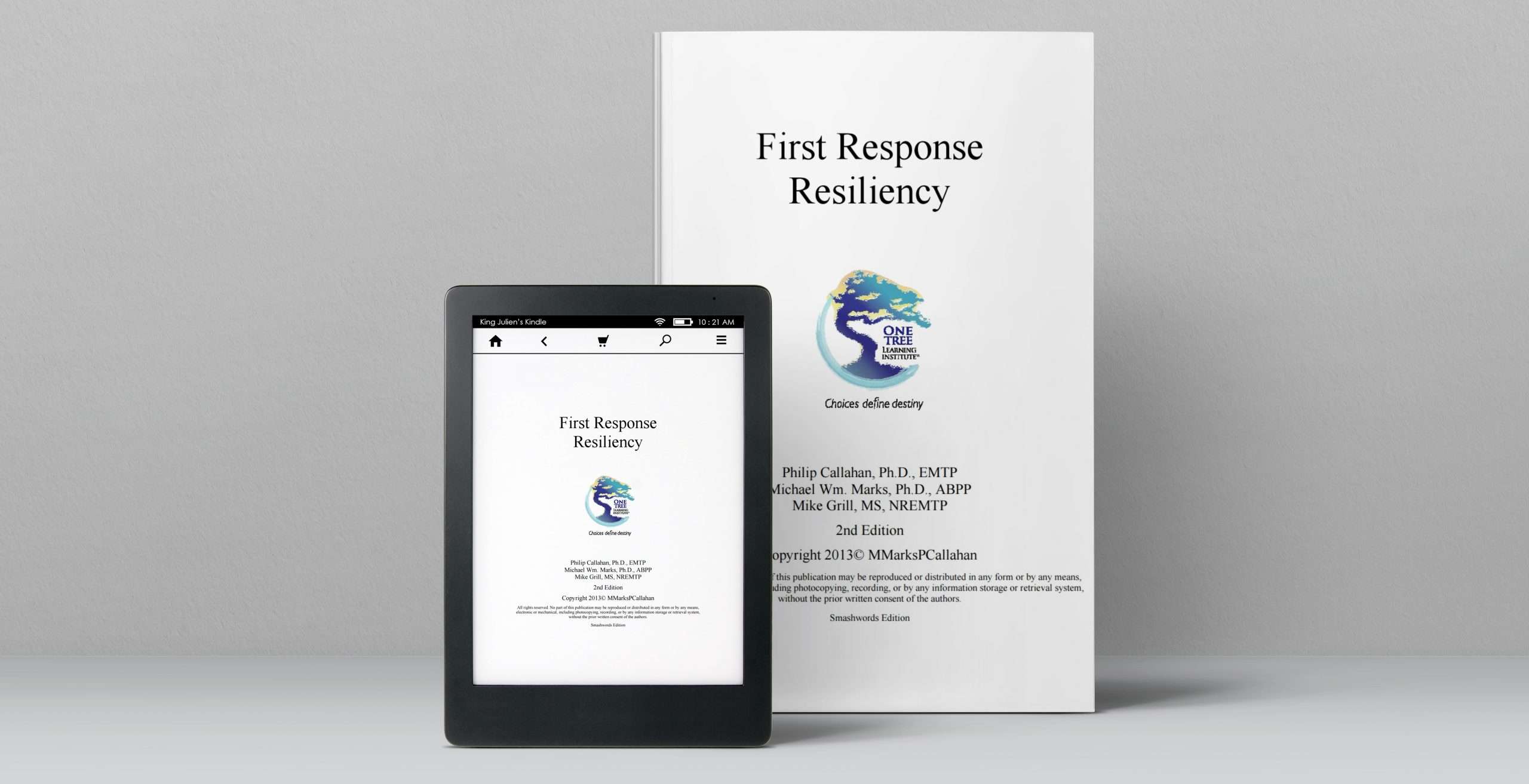Suicide, PTSD and Stress
Suicide, PTSD and Stress
Suicide, PTSD and Stress
A brief literature review completed in the spring of 2016, P Callahan.
The World Health Organization (WHO) estimated that there were 804 000 completed suicides worldwide in 2012, representing an annual global age-standardized suicide rate of 11.4 per 100 000 population. The suicide rate for males was 15 per 100 000 and 8 per 100 000 for females. Furthermore, for every completed suicide, there may up to 10 to 20 attempted suicides.1,2
In the United States, the Centers for Disease Control and Prevention (CDC) estimates that 44 193 completed suicides occurred in 2015. This represents an age-adjusted rate of 13.26 per 100 000 population, or 21 per 100 000 for males and 6.04 for females. Suicide was the 10th leading cause of death overall. When contextualized to age groups, suicide was the third leading cause of death in the 10 to 14 age groupings and second leading cause of death in the 15 to 34 age groupings following unintentional injury. About half, or 22 018 of the suicide deaths were by firearms.3
Research performed by the National Institute for Occupational Safety and Health (NIOSH), using data from the Bureau of Labor Statistics’ Census of Fatal Occupational Injury indicates a total of 1719 people completed suicide explicitly in the workplace, and 270 500 people who met the verifiable criteria of having completed suicide outside of the workplace, between 2003 and 2010. The occupational grouping with the highest workplace suicide rate was protective services (law enforcement and firefighters) at 5.3 per 1 000 000 workers occurring explicitly in the workplace.4
Looking at the research associated of high risk protective services grouping, or specifically first responder population, shows inconsistencies in statistics. Some of these inconsistencies are related to the nature of the sampling methods such as the use of convenience sampling, the discipline involved, agency or regional populations, as well as other identified research limitations. Yet, findings typically reveal an elevated risk for suicide among police fire and EMS.5,6,7
Another population displaying particularly high suicide statistics is the military veteran. According to the National Center for PTSD, the suicide rate in the US population among males was 19.4 per 100 000 and 4.9 per 100 000 in females from 1999 to 2010. Comparatively, the suicide rate in the male Veteran VA population was 38.3 per 100 000 and 12.8 per 100,000 in females.8 The risk of suicide is 41% higher for deployed and 61% higher for non-deployed veterans higher as compared to the US general population.9
Risk Factors for Suicide
Suicide risk assessment is challenging as it relies on patient self-reporting, as well as consideration of research method, populations, and immediate (proximal) and more distant (distal) risk factors in the individual, family, and environmental domains.10,11 Environmental risk factors introduce social, psychological, cultural factors that can adversely interact. As a consequence, the stigma associated with mental health and suicide can result in an inability to seek help.2 And, while an individual may have multiple risk factors and not be suicidal, suicidal behavior does increase with an increasing number of risk factors.
There is cross-national variability in the prevalence of suicidal behavior, but there appears to be some consistency in risk factors, age of onset, and the course of suicidal behaviors from ideation to plan to attempt.12 Suicide ideation refers to thoughts of ending one’s life, suicide plan the formulation of a method, and suicide attempt the self-injurious act of intending to end one’s life. Females exhibit more of the nonfatal suicidal behaviors, but males are more apt to complete suicide.12
One of the stronger risk factors for completed suicide, and an important indicator of extreme emotional distress, is that of the suicide attempt.13 Suicide rates are much higher in people experiencing mental health issues than in the general population. The presence of a psychiatric disorder has emerged as a consistent risk factor for suicide. A very high percentage of all individuals who die by suicide have at least one identifiable psychiatric disorder.10,14,15 Consistently identified psychiatric disorders associated with attempted and completed suicide include depression, schizophrenia, bipolar disorder, posttraumatic stress disorder (PTSD), and substance abuse.14 Co-occurring conditions are particularly common among those who complete suicide, e.g. depression or anxiety combined with alcohol abuse occurs in a high proportion of those who complete suicide.1,16
Suicide risk has also been associated with acute episodes of illness, recent hospital discharge including psychiatric, and family history of psychiatric disorder. Precursors of suicide may be acute or chronic negative changes in life circumstances.1,16,17
Research focused on military populations show increased risk of suicide for males, depression, manic-depressive cycle of bipolar disorder, and alcohol-related problems. None of the deployment-related factors, to include combat experience, cumulative days deployed, or number of deployments, were associated with increased suicide risk.8 When trauma results in hospitalization, the severity of wound and number of times wounded does result in an increased risk for suicide. Thus, suicide risk is associated with increased occurrence of trauma.19
With regard to first responders, suicide risks parallel both the military and general populations, but also include discipline specific risks. Increased suicide risk is associated with males, occupational exposure and hazards, concurrent or past military experience, access to firearms, problematic sleep schedules, cultural and vocational stigma resulting in a inability to seek help, focus on serving others over self, capability for suicide due to exposure and elevated pain tolerance, dual roles such as firefighter-paramedic, limitations imposed by agency size, and experiential history.6
Suicide and PTSD
Emerging literature suggests that PTSD patients are at an increased risk for suicide. Acute Stress Disorder (ASD) and persisting Postraumatic Stress Disorder (PTSD) are considered trauma and stressor-related disorders. Conditions included in this class are the expression of anxiety or fear-based symptoms, uneasiness, an inability to experience pleasure, externalizing anger or aggressive symptoms, and detachment. These symptoms could appear as avoidance, numbing, blame of self or others, persisting poor emotional state, difficulty concentrating, and reckless or destructive behavior.20
A study analyzing data from the National Comorbidity Survey, using a nationally representative sample, indicated that PTSD was associated with suicidal ideation or attempts. The study found an association between suicidal behaviors and both mood disorders and antisocial personality disorder, as well as a relationship between PTSD and suicide.21 Similarly, results from a large study using the Canadian Community Health Survey data found that respondents with PTSD were at higher risk for suicide attempts.22
Suicide risk is elevated in those suffering from chronic PTSD and is associated with impaired functioning in combination with depression.23,24,25 High levels of intrusive memories may also be predictive of the risk of suicide.26 Anger and impulsivity, and some cognitive styles of coping such as using suppression to deal with stress, have also been shown to predict suicide risk in those with PTSD.1,27,28
PTSD in First Responders
EMS, police, and firefighters, are often the first responders to deal with mental health emergencies, such as suicide, as well as other incidents that pose significant threats to health and life. These work-related exposures and stressors result in an increased risk for mental health conditions, in particular, the presence of posttraumatic stress.29,30
Rescue workers in general have a pooled current prevalence of PTSD that is much higher than that of the general population. PTSD among rescue workers, based on multiple studies on some 20 424 rescuers worldwide, showed the pooled current prevalence was 10% as compared to 1.3–3.5% reported in the general population from diverse countries. Ambulance personnel showed higher estimated PTSD prevalence than studies with firefighters and police officers.31 Other research indicates the prevalence of PTSD specifically among EMS to be greater than 20%.32,33
The range of PTSD can differ nearly fourfold across occupational groups, even when different types of rescue workers are deployed to the same disaster. For example, in the World Trade Center disaster, PTSD tended to be highest among those who performed tasks not common for their occupation, along with the length of exposure to the adversity.34
The occupational fatality rate for EMS workers is likely comparable with that of other emergency public service workers.35 But, when compared to the general working population and other health care occupations, ambulance workers (EMS) may have a higher standardized mortality rate, higher level of fatal accidents, higher level of accident injuries and a higher standardized early retirement on medical grounds.32 There is also evidence of high-risk alcohol and other drug use in affected EMS workers relative to occupationally related stress exposure, including chronic and critical incident stress, and PTSD.35
Interventions and Protective Factors
While there exist suicide and PTSD treatment programs, identifying protective factors, effective components of prevention programs, and improved screening, particularly in high risk professions, are needed to optimize use of limited resources and reduce the effects of occupational stresses. There are strong arguments for improved suicide awareness, first responder education and intervention, and physician education in depression recognition and treatment while restricting access to lethal methods to reduce suicide rates.1,36
Military veterans with PTSD and manageable suicidal ideation have benefited from trauma-focused therapy. Two effective treatments for PTSD, Cognitive Processing Therapy (CPT) and prolonged exposure (PE), have been shown to reduce suicidal ideation.37 Decreases in suicide ideation that occur during treatment are believed to be associated with decreases in PTSD symptoms.38 Depressive symptoms and maladaptive coping strategies of self-punishment and cognitive social avoidance may benefit from interventions that bolster psychological resilience and help to mitigate suicide.39
Individuals with PTSD are at risk for suicide and, potentially more so, where there are high levels of impulsivity. Social support appears to reduce the risk, such that the greater the social support, the lower the risk of suicide.27
Trauma severity, lack of social support, and additional life stress, occurring during or after the trauma may have stronger PTSD effects than pre-trauma factors such as psychiatric history, reported childhood abuse, and family psychiatric history.40 Subsequently, treating survivors of traumatic events with a focus on problem-solving methods, may help these individuals deal less rigidly with everyday stresses.41
Within high risk occupations, such as the military veteran population, research has provided some insight into protective factors. For example, married veterans are less likely to be at elevated suicide risk than unmarried veterans. Satisfaction with their social support networks is protective for suicide risk in non-PTSD cases, but potentially less protective for veterans reporting PTSD.42 Social support and personal resources (e.g., coping, locus of control) are proposed to have mediating influences for first responders.33 These are inherently protective factors that include camaraderie, familial social support, organizational support, and sense of purpose.6
Early identification of preexisting risk factors may be beneficial for prevention and intervention with individuals who are at risk of developing trauma-related disorders. For example, in a longitudinal study of early career firefighters, those with a high level of hostility and a low level of self-efficacy (belief in one's ability to complete tasks and reach a goal) showed an increase in PTSD symptoms, depression, anxiety, general psychological morbidity, and emotional difficulties during the 2-year study period. Prescreening candidates for risk factors and proactively addressing the needs could lower the future risks and preserve careers.43 Thus, early screening and integrating factors that moderate the risks of PTSD and suicide into programs of education and, where necessary, treatment can lower these risks.44,45
The concept of resilience has emerged as a process for investigating the impact of stress and has since fostered research in education and clinical applications addressing PTSD and suicide. The definition of resilience varies depending upon focus from the clinical and educational perspectives from which it is examined. Resilience may consider the development of skills needed to manage stress in an optimal way, to an ability, perception or set of beliefs which buffer individuals from the development of suicidality in the face of risk factors or stressors.46,47 Emerging resilience models favor social connectives as protective for reducing suicide risk.6,48,49,50
The World Health Organization addresses resilience at individual and community levels by recognizing the role of protective factors relative to suicide risk factors. Protective factors include development and sustainment of social support systems, spirituality as an access to a socially cohesive and supportive community with a shared set of values, and lifestyle practices of positive coping strategies, good self-esteem, self-efficacy and effective problem solving-skills. This includes the ability to reach out and find help when needed.2
Whether one is in a high risk profession, or simply dealing with the sudden or unexpected changes often encountered in one's life, coping with these stresses becomes a personal decision to be the victim or the survivor. To be a survivor requires a personal commitment but one that can be shared and fostered as a community.

Purchase the Ebook:
First Response Resilience V3.0 Workbook
First Response Resilience V3.0 provides you with tools to build mental armor to better deal with these challenges that can erode your peak performance and quality of life. Firefighters, police, and Emergency Medical Services (EMS) are often the first responders to deal with emergencies and incidents that threaten health and life.

Purchase the Ebook:
A Community of One: Building Social Resilience
The lone wolf is a Hollywood myth. A healthy support system is one in which we both give and receive support. This book is about learning how to develop these crucial networks.

Purchase the Ebook:
First Response Resiliency
The goal of this resiliency program is to understand, assess, plan, and apply resiliency practices that manage stress in a manner that fosters professional excellence through personal development.
